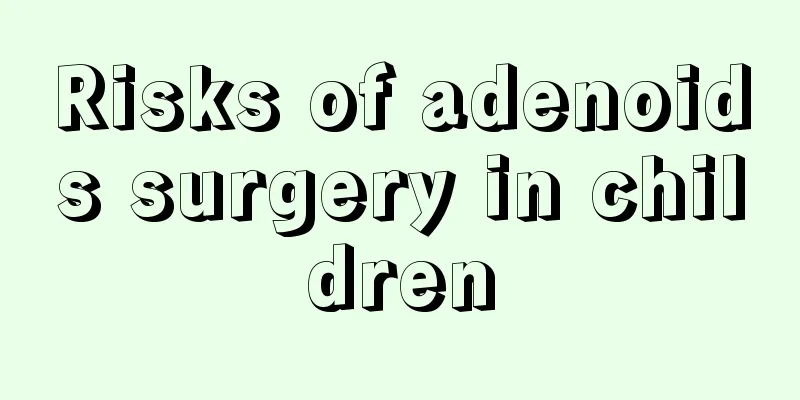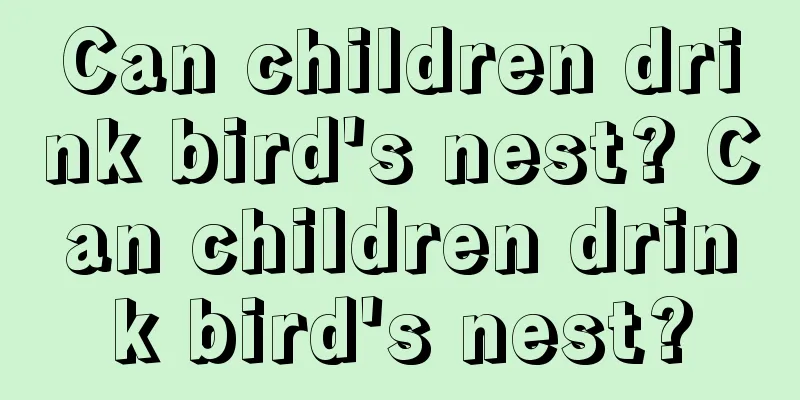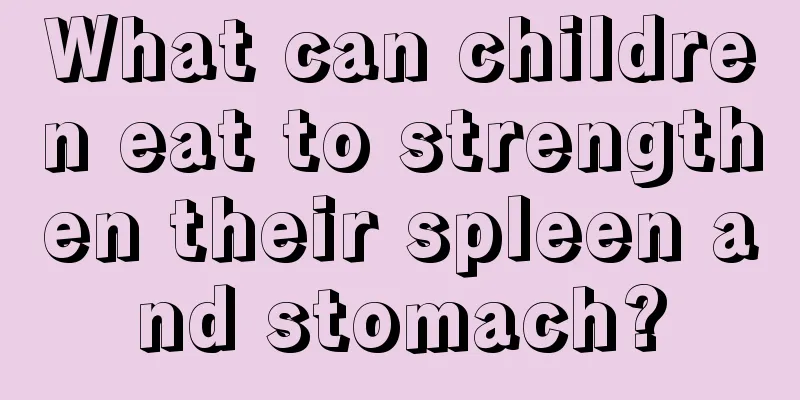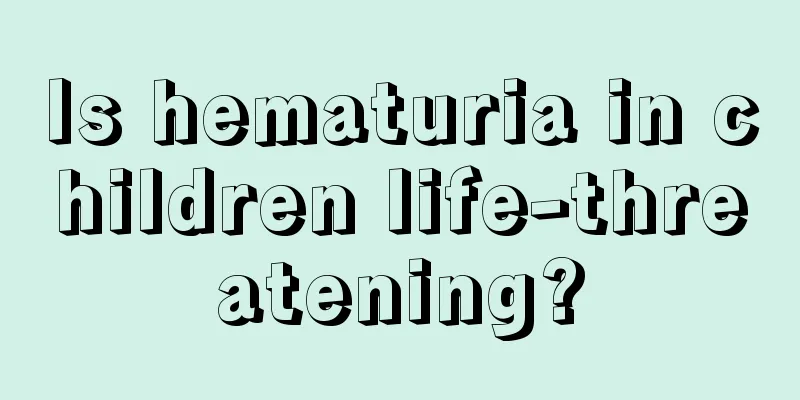Risks of adenoids surgery in children

|
Adenoids are also called pharyngeal tonsils and adenoids. Under normal circumstances, adenoids can maintain the health of the body and play a relatively important role in the human body. However, when the body's resistance is reduced due to excessive fatigue, external stimulation or cold, the adenoids are more susceptible to bacterial infection and inflammation. If the inflammation persists for a long time, it will affect the patient's normal life. The dangers of tonsillectomyTonsils are lymphatic tissue in the pharynx and the most important immune organ in the oral cavity. They have a defensive effect against upper and lower respiratory tract diseases, and this effect is more significant for children and adolescents. During adolescence, the bone marrow function is not fully developed and the human body has a great demand for lymph. Therefore, in order to make up for the insufficient demand for lymphocytes, the tonsils develop more vigorously, producing more lymphocytes which enter the body fluids. Teenagers' tonsils can be appropriately preserved and not removed easily. Tonsillectomy is suitable for repeated acute attacks of tonsillitis, excessive hypertrophy of tonsils, benign tonsil tumors, etc. The surgical methods are divided into stripping and squeezing. There may be complications such as bleeding and wound infection after surgery. So, what are the risks of having a tonsillectomy? Tonsils are the largest lymphoid tissue in the pharynx. During childhood, it is an active immune organ that contains lymphocytes at various stages of development. Therefore, it has both humoral immunity and produces various immunoglobulins, and also has certain cellular immunity. The immunoglobulin IgA produced by tonsils has strong immunity and can inhibit the adhesion of bacteria to the respiratory mucosa, and can inhibit the growth and spread of bacteria. It also has a neutralizing and inhibitory effect on viruses. IgA can also enhance the function of phagocytes. These functions of the tonsils are most active when children are between two and five years old. From an immune point of view, tonsils should not be removed casually because they have an immune effect on the body. Enlarged tonsils in children are a normal physiological phenomenon. If the enlargement does not affect breathing and swallowing and does not cause serious clinical manifestations, they should not be removed. Because resection may affect the local immune response and reduce the body's ability to fight infection. If tonsillitis recurs, interferes with breathing and swallowing, and causes diseases such as rheumatism and nephritis, it should be removed promptly. Generally, tonsillectomy for children should be performed after the age of four, and it is more appropriate to wait two to three weeks after the inflammation subsides.
(1) Participate in sports, conduct cold-resistance training, strengthen physical fitness, improve the body's responsiveness and resistance, eliminate all adverse factors, and perform desensitization treatment for allergic reactions. (2) Timely and effective treatment of acute tonsillitis can prevent inflammation from turning into chronic inflammation. (3) Patients should eat more light foods and less irritating foods such as onions, ginger, garlic, and chili peppers to keep their bowel movements smooth. Regularly flushing the patient's tonsil crypts with normal saline can clear the accumulation of materials in the crypts, reduce the reproduction of pathogens and the stimulation of their toxins, help reduce the activity of tonsil lesions, and improve local and systemic symptoms.In addition, time and countless experiences have proven that tonsillectomy is basically harmless, but surgical sequelae are common, such as adhesion of the tongue root, dry throat, compensatory hyperplasia of lymphatic tissue, etc. It is recommended to go to a regular large hospital for surgery. |
<<: The baby has fat particles on his face
>>: What is the disease of children with bloody stools without pain
Recommend
Is it harmful for children to always be constipated?
Constipation is more common among children, but m...
What are the sequelae of lumbar puncture in children?
The so-called lumbar puncture actually refers to ...
What are the symptoms of rectal polyps in children?
Adults generally do not have problems with rectal...
What to do if your baby cries before going to bed
Why do babies always cry before going to bed? Whe...
What to do if the baby's belly button is bulging and inflamed
Many mothers feel that it is not easy for them to...
What should I pay attention to when my 1-year-old child has sinusitis?
Some children may suffer from sinusitis due to al...
Can ADHD in children be cured?
Attention Deficit Hyperactivity Disorder (ADHD) i...
Hand, foot and mouth disease prevention knowledge
There are many common diseases in life. Different...
What are the main characteristics of ADHD in children?
ADHD is a behavioral and physiological disease th...
Baby got a swollen head after falling
If a baby is not cared for properly and falls, a ...
Treatment of ventricular septal defect in children
Ventricular septal defect is a congenital disease...
Is cupping OK for babies?
Cupping is the most commonly used method in tradi...
How to deal with yellow and cloudy eyes in children
For every mother, the health of her baby is the m...
Neonatal jaundice19
Jaundice is a common disease in daily life, which...
Why do children grind their teeth at night?
After having children in the family, everything p...









